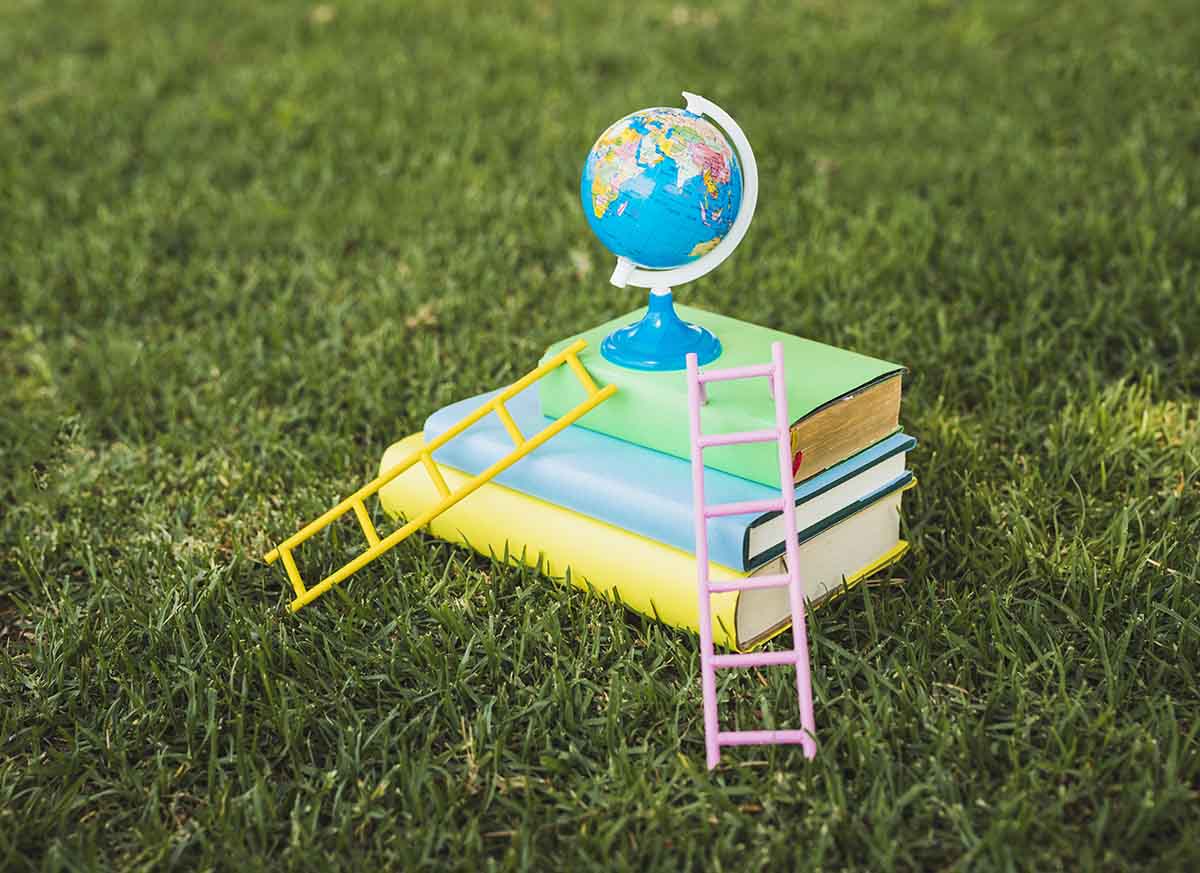
The Green Classroom: Sustainable Practices for Eco-Friendly Learning
In the hustle and bustle of the school day, have you ever stopped to ponder the impact your classroom can have on the environment and the minds of eager learners? Welcome to the world of the Green Classroom – a vibrant space where sustainability meets education, creating an atmosphere that not only nurtures young minds but also fosters a love for our planet.
What is a Green Classroom? And its Benefits
A Green Classroom isn’t just a physical space; it’s a heaven of sustainable practices that reduce our ecological footprint while transforming traditional learning into an eco-friendly adventure. Imagine a place where the air is pure, energy is conserved, and waste is minimized – that’s the essence of a Green Classroom.
Benefits of a Green Classroom: Responsible Education Delivery:
Picture this: a classroom adorned with greenery, bathed in natural light, buzzing with curiosity and creativity. The benefits are far-reaching:
1. Reduced environmental impact:
By recycling, conserving energy, and minimizing waste, Green Classrooms become beacons of environmental responsibility, showcasing how small actions can make a big difference.
2. Improved health and well-being:
The presence of plants not only purifies the air but also contributes to reduced stress and enhanced concentration, creating an environment where students can blossom both academically and personally.
3. Enhanced learning:
Green Classrooms aren’t just about saving the planet; they’re about cultivating young minds. Integrating sustainability into the curriculum sparks critical thinking, nurturing future leaders equipped to tackle global challenges.
4. Community engagement:
The Green Classroom isn’t an isolated entity; it’s a community hub. Students collaborate on projects, educators share knowledge, and together, they contribute to a more sustainable school and neighbourhood.
How to Create Your Green Oasis: Simple Steps, Big Impact
1. Start with the basics:
Reduce, reuse, and recycle. Encourage students to use reusable materials, recycle paper, and be mindful of their environmental impact.
2. Bring nature indoors:
A classroom with a touch of green transforms into an inviting space. Add plants, create a windowsill garden, or let students nurture their small terrariums.
3. Energy conservation:
Turn off lights and electronics when not in use, maximize natural light, and teach students the importance of energy conservation.
4. Connect with the community:
Collaborate with local organizations, invite guest speakers, and involve the community in green initiatives. The Green Classroom isn’t just for students; it’s a shared responsibility.
Beyond the Classroom: Growing Green Beyond the Walls:
The impact of the Green Classroom extends far beyond its four walls:
1. Community engagement: Partner with local environmental organizations, take field trips to nature centres, and involve the community in creating a sustainable learning environment.
2. School-wide initiatives: Advocate for eco-friendly practices throughout the entire school. From composting to using recycled paper products, let sustainability become a school-wide commitment.
3. Family involvement: Empower students to share their green habits at home, creating a ripple effect of sustainable practices within families.
In Conclusion:
Creating a Green Classroom is a journey, an ongoing commitment to cultivating environmentally conscious individuals. By infusing a touch of green into education, we not only enrich the lives of our students but also contribute to a more sustainable and vibrant future. These are lessons that need to be instilled in students since primary school and continued to the end of secondary school.
Remember, the Green Classroom is a canvas waiting to be painted with eco-friendly strokes, where every effort, no matter how small, adds to the masterpiece of a greener, brighter world. So, let’s embark on this journey together with Harshad Valia International School, hand in hand with our students, towards a future where blooms and books coexist harmoniously in the pursuit of knowledge and sustainability.
Nurturing the present, for a sustainable future!
